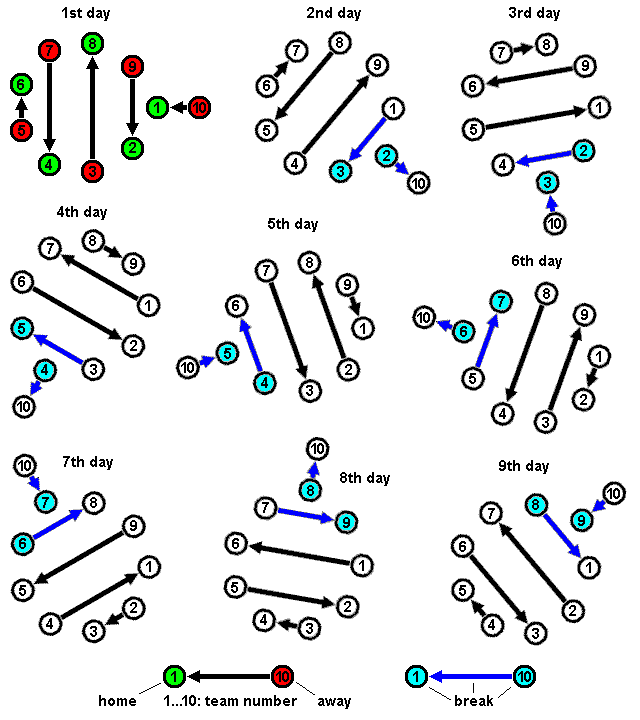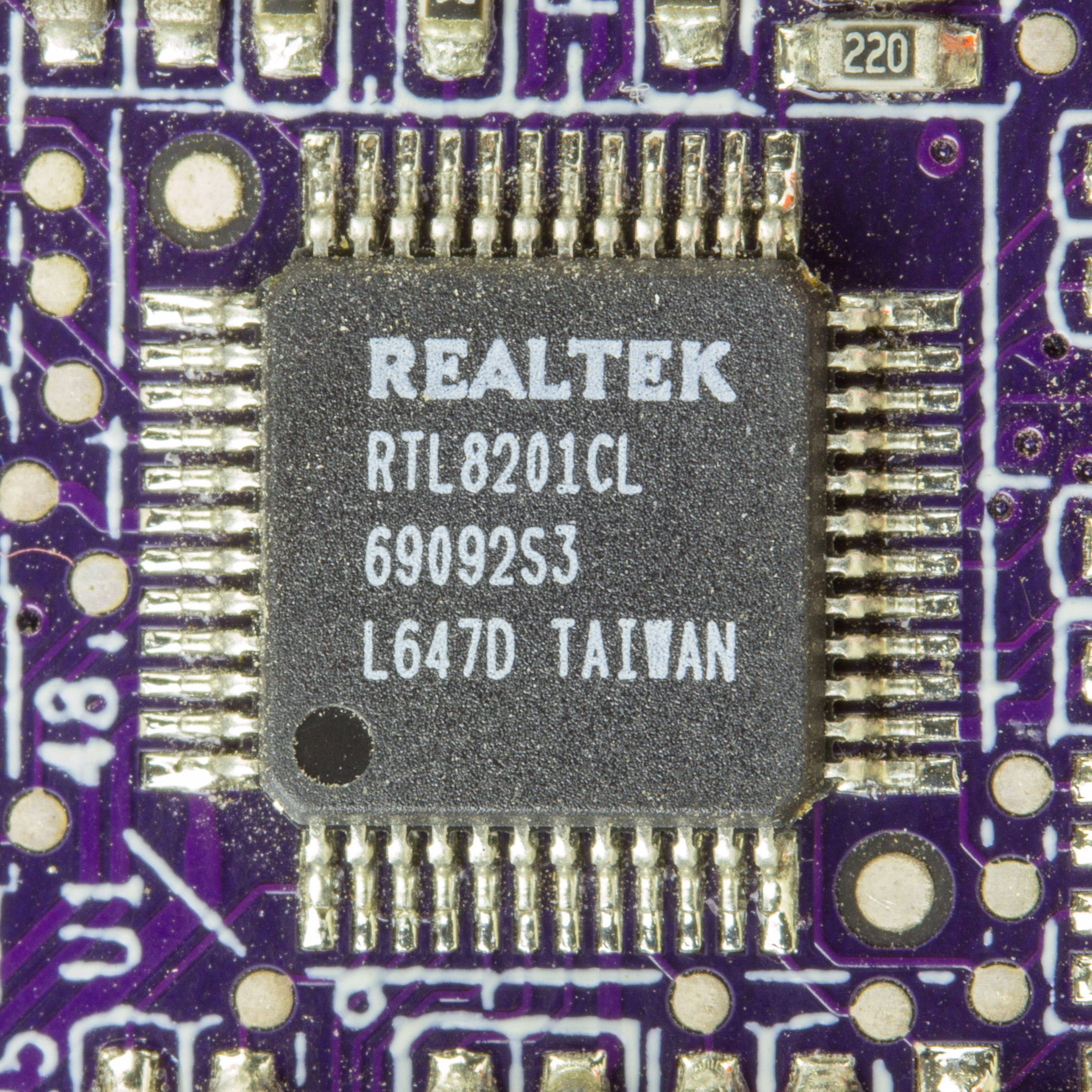|
Inverse Multiplexing For ATM
Inverse Multiplexing for ATM (IMA) is a standardized technology used to transport ATM traffic over a bundle of T1 or E1 lines, which is called an ''IMA Group''. This allows for gradual increase in data link capacity where implementing a higher capacity solution like T3/E3 or SONET/SDH is not deemed feasible. The maximum number of lines in an IMA Group is 32, bringing the total data rate to roughly 64 Mbit/s. The standard specification was initially approved by The ATM Forum in July 1997, and was later updated to version 1.1 in March 1999. ATM cell insertion happens in the round robin fashion and is transparent for the terminal equipment on the ends of the link. IMA inverse multiplexing functionality requires some overhead (ICP or ''IMA Control Protocol'' cells, typically one ICP cell in every IMA frame—commonly 128 cells in length—and in CTC or ''Common Transmit Clock'' mode, an ICP ''stuff'' cell must be inserted after every 2048 cells), and an IMA sublayer on the physica ... [...More Info...] [...Related Items...] OR: [Wikipedia] [Google] [Baidu] |
Asynchronous Transfer Mode
Asynchronous Transfer Mode (ATM) is a telecommunications standard defined by American National Standards Institute (ANSI) and ITU-T (formerly CCITT) for digital transmission of multiple types of traffic. ATM was developed to meet the needs of the Broadband Integrated Services Digital Network as defined in the late 1980s, and designed to integrate telecommunication networks. It can handle both traditional high-throughput data traffic and real-time, low-latency content such as telephony (voice) and video.ATM Forum, The User Network Interface (UNI), v. 3.1, , Prentice Hall PTR, 1995, page 2. ATM provides functionality that uses features of circuit switching and packet switching networks by using asynchronous time-division multiplexing.McDysan (1999), p. 287. In the OSI reference model data link layer (layer 2), the basic transfer units are called ''frames''. In ATM these frames are of a fixed length (53 octets) called ''cells''. This differs from approaches such as Inter ... [...More Info...] [...Related Items...] OR: [Wikipedia] [Google] [Baidu] |
T-carrier
The T-carrier is a member of the series of carrier systems developed by AT&T Bell Laboratories for digital transmission of multiplexed telephone calls. The first version, the Transmission System 1 (T1), was introduced in 1962 in the Bell System, and could transmit up to 24 telephone calls simultaneously over a single transmission line of copper wire. Subsequent specifications carried multiples of the basic T1 (1.544 Mbit/s) data rates, such as T2 (6.312 Mbit/s) with 96 channels, T3 (44.736 Mbit/s) with 672 channels, and others. Although a ''T2'' was defined as part of AT&T's T-carrier system, which defined five levels, T1 through T5, only the T1 and T3 were commonly in use.1999 ad: On the left, in an aisle seat, a man who very much "filled" his airline seat while on the right side of the aisle is a height-challenged man whose shoe toes barely reach the floor Transmission System 1 The T-carrier is a hardware specification for carrying multiple time-divis ... [...More Info...] [...Related Items...] OR: [Wikipedia] [Google] [Baidu] |
E-carrier
The E-carrier is a member of the series of carrier systems developed for digital transmission of many simultaneous telephone calls by time-division multiplexing. The European Conference of Postal and Telecommunications Administrations (CEPT) originally standardized the E-carrier system, which revised and improved the earlier American T-carrier technology, and this has now been adopted by the International Telecommunication Union Telecommunication Standardization Sector (ITU-T). It was widely used in almost all countries outside the US, Canada, and Japan. E-carrier deployments have steadily been replaced by Ethernet as telecommunication networks transition towards all IP. E1 frame structure An E1 link operates over two separate sets of wires, usually unshielded twisted pair (balanced cable) or using coaxial (unbalanced cable). A nominal 3 volt peak signal is encoded with pulses using a method avoiding long periods without polarity changes. The line data rate is 2.048 M ... [...More Info...] [...Related Items...] OR: [Wikipedia] [Google] [Baidu] |
Telecommunications Line
Telecommunication is the transmission of information by various types of technologies over wire, radio, optical, or other electromagnetic systems. It has its origin in the desire of humans for communication over a distance greater than that feasible with the human voice, but with a similar scale of expediency; thus, slow systems (such as postal mail) are excluded from the field. The transmission media in telecommunication have evolved through numerous stages of technology, from beacons and other visual signals (such as smoke signals, semaphore telegraphs, signal flags, and optical heliographs), to electrical cable and electromagnetic radiation, including light. Such transmission paths are often divided into communication channels, which afford the advantages of multiplexing multiple concurrent communication sessions. ''Telecommunication'' is often used in its plural form. Other examples of pre-modern long-distance communication included audio messages, such as coded dr ... [...More Info...] [...Related Items...] OR: [Wikipedia] [Google] [Baidu] |
Data Link
A data link is the means of connecting one location to another for the purpose of transmitting and receiving digital information ( data communication). It can also refer to a set of electronics assemblies, consisting of a transmitter and a receiver (two pieces of data terminal equipment) and the interconnecting data telecommunication circuit. These are governed by a link protocol enabling digital data to be transferred from a data source to a data sink. Types There are at least three types of basic data-link configurations that can be conceived of and used: * Simplex communications, most commonly meaning all communications in one direction only. * Half-duplex communications, meaning communications in both directions, but not both ways simultaneously. * Duplex communications, communications in both directions simultaneously. Aviation In civil aviation, a data-link system (known as Controller Pilot Data Link Communications) is used to send information between aircraft and a ... [...More Info...] [...Related Items...] OR: [Wikipedia] [Google] [Baidu] |
SONET/SDH
Synchronous optical networking (SONET) and synchronous digital hierarchy (SDH) are standardized protocols that transfer multiple digital bit streams synchronously over optical fiber using lasers or highly coherent light from light-emitting diodes (LEDs). At low transmission rates data can also be transferred via an electrical interface. The method was developed to replace the plesiochronous digital hierarchy (PDH) system for transporting large amounts of telephone calls and data traffic over the same fiber without the problems of synchronization. SONET and SDH, which are essentially the same, were originally designed to transport circuit mode communications (e.g., DS1, DS3) from a variety of different sources, but they were primarily designed to support real-time, uncompressed, circuit-switched voice encoded in PCM format. The primary difficulty in doing this prior to SONET/SDH was that the synchronization sources of these various circuits were different. This meant t ... [...More Info...] [...Related Items...] OR: [Wikipedia] [Google] [Baidu] |
Round-robin Tournament
A round-robin tournament (or all-go-away-tournament) is a competition in which each contestant meets every other participant, usually in turn.''Webster's Third New International Dictionary of the English Language, Unabridged'' (1971, G. & C. Merriam Co), p.1980. A round-robin contrasts with an elimination tournament, in which participants/teams are eliminated after a certain number of losses. Terminology The term ''round-robin'' is derived from the French term ''ruban'', meaning "ribbon". Over a long period of time, the term was corrupted and idiomized to ''robin''. In a ''single round-robin'' schedule, each participant plays every other participant once. If each participant plays all others twice, this is frequently called a ''double round-robin''. The term is rarely used when all participants play one another more than twice, and is never used when one participant plays others an unequal number of times (as is the case in almost all of the major United States professional s ... [...More Info...] [...Related Items...] OR: [Wikipedia] [Google] [Baidu] |
Terminal Equipment
In telecommunication, the term terminal equipment has the following meanings: * Communications equipment at either end of a communications link, used to permit the stations involved to accomplish the mission for which the link was established. * In radio-relay systems, equipment used at points where data are inserted or derived, as distinct from equipment used only to relay a reconstituted signal. * Telephone and telegraph switchboards and other centrally located equipment at which communications circuits are terminated. See also * Customer-premises equipment * Data terminal equipment Data terminal equipment (DTE) is an end instrument that converts user information into signals or reconverts received signals. These can also be called tail circuits. A DTE device communicates with the data circuit-terminating equipment (DC ..., an end instrument that converts user information into signals for transmission or reconverts the received signals into user information References ... [...More Info...] [...Related Items...] OR: [Wikipedia] [Google] [Baidu] |
Physical Layer
In the seven-layer OSI model of computer networking, the physical layer or layer 1 is the first and lowest layer; The layer most closely associated with the physical connection between devices. This layer may be implemented by a PHY chip. The physical layer provides an electrical, mechanical, and procedural interface to the transmission medium. The shapes and properties of the electrical connectors, the frequencies to broadcast on, the line code to use and similar low-level parameters, are specified by the physical layer. Role The physical layer defines the means of transmitting a stream of raw bits over a physical data link connecting network nodes. The bitstream may be grouped into code words or symbols and converted to a physical signal that is transmitted over a transmission medium. The physical layer consists of the electronic circuit transmission technologies of a network. It is a fundamental layer underlying the higher level functions in a network, and can be ... [...More Info...] [...Related Items...] OR: [Wikipedia] [Google] [Baidu] |
Inverse Multiplexer
An inverse multiplexer (often abbreviated to inverse MUX or IMUX) allows a data stream to be broken into multiple lower data rate communication links. An inverse multiplexer differs from a demultiplexer because the multiple output streams from the former stay inter-related, whereas those from the latter are unrelated. An inverse multiplexer is the opposite of a multiplexer in that it divides one high-speed link into multiple low-speed links, whereas a multiplexer combines multiple low-speed links into one high-speed link. This provides an end to end connection of several times the data rate available on each of the low rate data links. Note that, as with multiplexers, links are often used in bi-directional pairs and, at either end of the link, an inverse multiplexer will be combined with its reverse (an inverse demultiplexer) and still be called an ''inverse MUX''. Inverse multiplexers are used, for example, to combine a number of ISDN channels together into one high rate ... [...More Info...] [...Related Items...] OR: [Wikipedia] [Google] [Baidu] |





